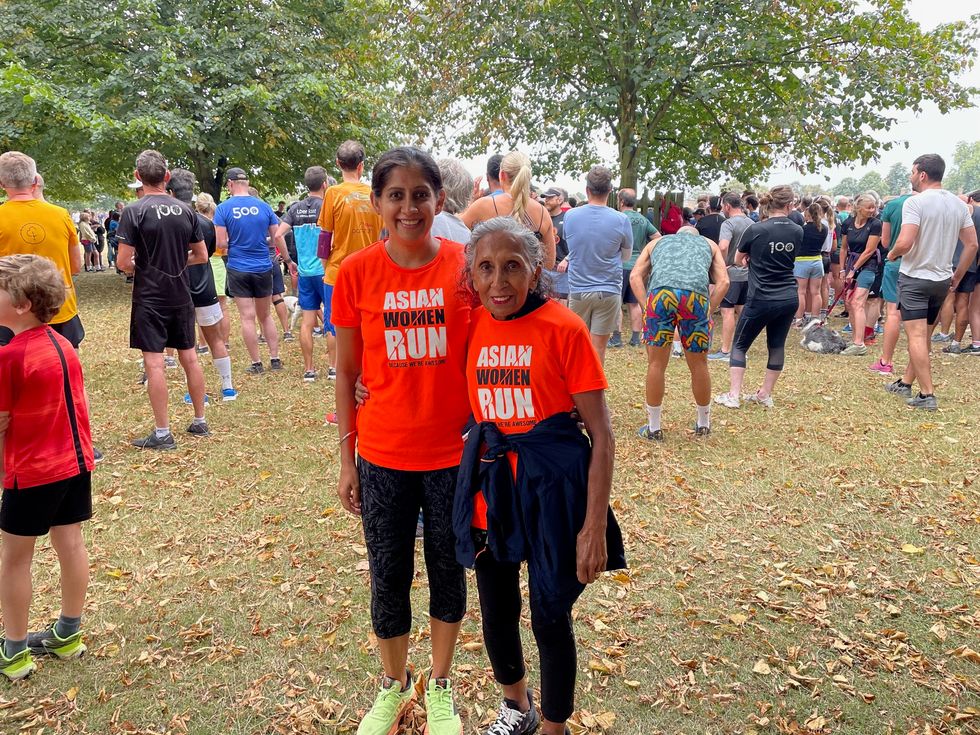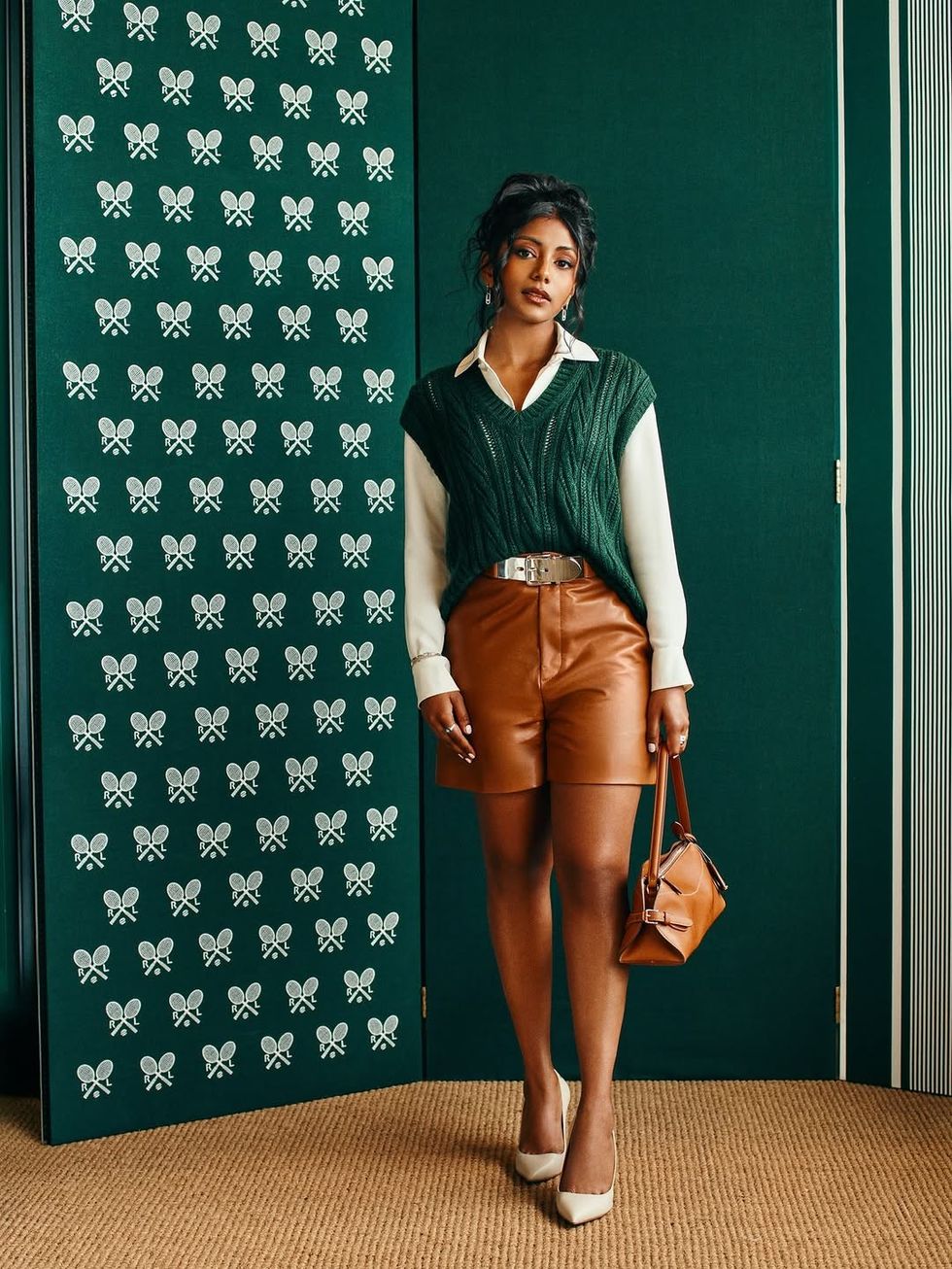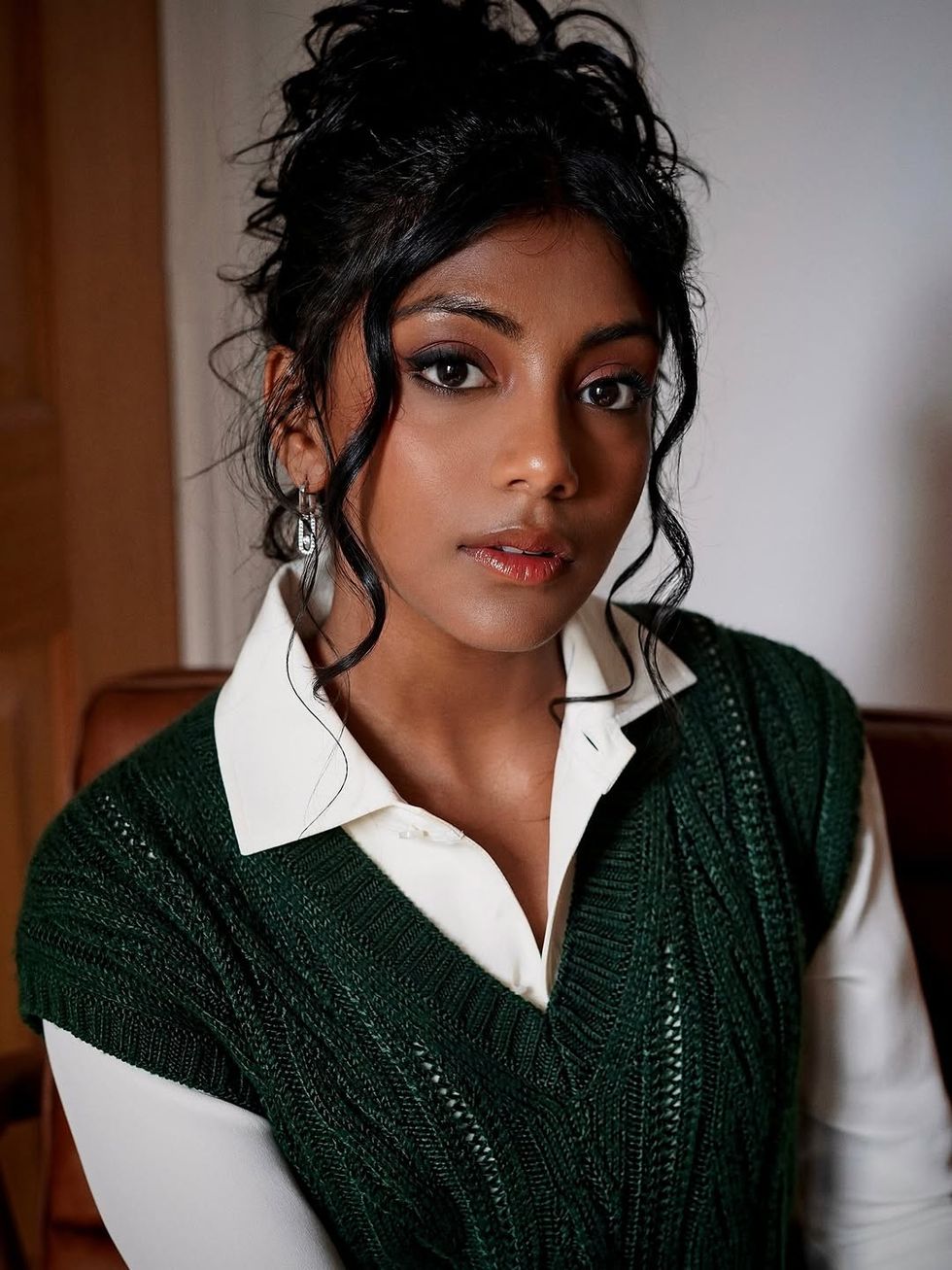by HOWARD ROBIN AND SHIVANI GOVINDIA.
DECIDING ON A BUDGET FOR THE BIG DAY WILL REDUCE THE POSSIBILITY OF THINGS GOING WRONG.
HE POPPED the question, you said “yes”, and now you’re picturing the big day in your mind.
There’s a white horse for him, a jewel-encrusted lehenga for you, and a cake the size of the Taj Mahal for the guests.
Of course, everything’s going to be perfect, you’ve been dreaming about it for years. So apart from breaking the bank, what could possibly go wrong? Everything?
Relax. Take a deep breath. It’s natural to feel nervous about the biggest day of your life. In fact, wedding jitters, even the odd spot of pre-nup catastrophes can actually help.
Psychologists say a small amount of anxiety before a major event you’re involved in – like exams or performing in public – is no bad thing as it can sharpen the focus, concentrate the mind and alert you to all possible pitfalls.
Naturally, it helps if you plan things in advance. But where do you begin with a wedding?
First things first: Do you want a big one, small one, fat one or thin one? Traditional, modern, Asian or western? In the UK, India, Dubai or Timbuktu? The possibilities
are endless. Time to narrow things down.
Start with the cost. According to one of the UK’s most experienced wedding planners (who requested not to be named), there are five different types of wedding spenders.
First come the ultra-low-rollers. They may well be in love and looking forward to a wonderful future together, but when it comes to shelling out, it’s simply no dice.
“Maybe they’re broke. Maybe they want to save for the mortgage. The fact is, as far as their wedding is concerned, it’s a 15-minute job in the registry office, then off to the pub and you’re all invited.”
Next comes the “bronze” category. This group will typically spend around £10,000 – not a
princely sum by Bollywood standards, but enough to hire a small hall, put on a modest
spread for close family and friends, buy off-the-peg outfits for the bride and groom, and cover the cost of a DJ and other sundry items. Hardly pushing the boat out, but in this age of uncertainty, who can blame Generation Rent for being careful?
Next come what the expert terms the ‘silver’ spenders – up to around £25,000. These, he says, are “mainstream Asian couples” who are “business-minded, prepared to spend, but not go over the top.”
What will you get for £25,000? “Well, you won’t get all of the trimmings – but you’ll certainly get some of them.”
Now consider gold category: 25k and beyond.
“Catering and reception venue sorted,” says our expert. “Top extras will include extravagant floral centrepieces on the table, bespoke sweet boxes with personalised name tags, professional video recordings and so on.”
Is this an upper ceiling? If you’re envisaging more than 300 people at the joyous event, the
word “beyond” should be considered liberally.
As wedding watcher Bijal Patel puts it: “Indian weddings do tend to become these large events where people who you haven’t spoken to in five years are still invited. Don’t neglect your loved ones, but it is ok if you don’t invite your father’s second cousin’s daughter’s son.”
Of course, you pay your money and take your choice. But if you desire the sort of extreme fantasy nuptials indulged in last year by power couple Virat Kohli and Anushka Sharma, rest assured, it doesn’t come cheap. In fact, the numbers are truly staggering.
It is said that Anushka’s lehenga – ornamented with renaissance embroidery, pearls, and
beads – cost as much as a luxury car, while her diamond solitaire wedding ring, which took over three months to choose, set Virat back over £100,000.
And that’s not to mention the £14,000 a day cost of the Borgo Finocchieto villa in Tuscany, Italy, where they canoodled for a whole week.
Having set down some financial markers, perhaps the first thing to consider is whether you
want something traditional, something modern or something in between.
Kashyap Karia, who got married in July, opted for the fusion approach. “We mixed Western
and Asian influences. For example, we had a Bharatanatyam classical dance performance, as well as a DJ playing r’n’b mixed with bhangra on the final night, and we also had a band.”
The fusion theme was extended to the catering: “We had different food stations on the first night such as Chinese and Lebanese food. Then on the second night, we had Gujarati food and at the reception, we had modern Indian such as canapés, and we had non-vegetarian items too.”
When it came to their marriage outfits, Kashyap and his bride opted for Asian styles.
“My wife looked at Sabyasachi to get inspired. I looked at different designers such as Shantanu & Nikhil. I wanted the classic look, such as the style that kings in Indian
states used to wear. An example of this is cream colours for a turban and my wife wore red
with gold embroidery.”
Marrying old and new ways of tying the knot.
WESTERN CULTURE ‘IS CHANGING THE TRADITIONAL APPROACH TO WEDDINGS’.
According to Harpreet Kaur from Blossoms in Bloom, a company that supplies floral solutions for special occasions, western culture is changing the south Asian British community’s approach to weddings. “Twenty years ago, everything was more or less traditional. But these days it’s changing. In the area of food, for example, more and more young couples are opting for canapés and cocktails as opposed to out and out eastern catering.
“And in the area of professional wedding photography, natural shots are the new norm. Gone are the days of all those forced unnatural poses showing your mehndi (henna) with your hands beside your face,” said Kaur.
According to Tina Solanki of Solanki Photography, there’s a growing trend towards overseas pre-wedding shoots to ensure the couple have some “stunning” photography for use on welcome signs, guest books and big digital screens at large-scale wedding receptions.
"Couples like to choose locations with iconic backdrops,” Solanki told Eastern Eye. “Last year alone we shot couples in Venice, Paris and as far afield as Mauritius.”
Among her top tips for couples in choosing a wedding photographer is that they “get on really well” with them.
“You have to be relaxed and comfortable in front of the camera. This is even more important if you want a very natural, unposed, reportage style of photography which seems to be another trend.”
According to dentist Hinal Asiyani, everyone wants to look their best at a wedding and more and more brides and grooms are flocking to see the tooth doctor to get their smiles picture perfect in the run up to their big day.
“Asian weddings are normally a lavish affair and people spend thousands on photographers and videos to capture life-long memories,” said Asiyani.
“Couples want to look their very best and so teeth whitening is very popular before the big day and with advances in cosmetic correction, crooked or unaligned teeth can be corrected in a matter of months,” she added.
“As a result, we are now seeing brides book consultations soon after they are engaged to ensure they have the perfect smile for their big day”.
The Essex-based surgery now also offers botox and fillers alongside traditional dental services.
Managing partner Kunal Thakker explained: “We often have brides who come in for teeth whitening and end up booking themselves (and at times their mothers too) for a session of botox to fade and relax any age and stress-related lines before the big day”.
However, even if three generations of life in the British diaspora may have modified things, there’s still a healthy regard for the “old-fashioned way” of doing Asian weddings, especially among parents and grandparents.
And given the professional success enjoyed by the south Asian British community, there’s increasing scope to indulge in some of the traditional costlier aspects, not least the fact that a traditional Asian wedding lasts an average of three days.
Although there are regional variations, in most Hindu communities, on the first night, a priest will perform the Ganesh puja (prayer ceremony). That generally happens at home with just the couple, the bridal party and close relatives present.
The second day traditionally starts with a mehndi ceremony. This is a time-honoured ritual in which the hands and feet of the bride, along with female friends and close family members, are decorated with intricate henna patterns.
In the evening, the sangeet takes place. This is a social occasion for the couple’s families and close friends to meet and mingle informally, and includes food, dance and other performances.
The main ceremony and reception usually take place on the third day. For guests, this is the chance to watch the wonderful spectacle of the baraat, when the groom arrives in all his finery and splendour on a decorated white horse while guests dance around him to the pulsating beat of a dhol, an Indian drum. The groom is then greeted by the bride and her family after which the couple place garlands of flowers around each other’s neck. This colourful exchange symbolises the bride and groom’s total acceptance of each other.
It is now time for the marriage ceremony itself. For this, the priest, groom, bride and bride’s parents must stand beneath a mandap, or canopy. The proceedings start with the kanyadaan, in which the bride’s parents formally give her away.
The bride and groom hold hands and move around a small, enclosed fire in a ritual known as the mangal phera. After that they take seven steps in a ritual known as the saptapadi, pledging to support one another and live happily together.
The marriage ceremony ends with the groom applying sindoor (a red powder) to the parting of the bride’s hair. He then places a black-beaded necklace around her neck, to symbolise the fact they are now man and wife.
Anyone who has ever been to an Asian wedding will know that this part of the event can take a while to unfold – perhaps as much as two hours. As moving as the ceremony is, this can prove an endurance ordeal for some guests.
“The ceremony is absolutely beautiful, but sometimes it’s painful to sit through,” said Patel. “You might not know what the Indian priest is saying. After 30 minutes, you will see guests starting to get up and walk around.”
This might seem rude. Is there a solution? According to Patel, there is: “I attended one Indian wedding where there was an announcement made for all the guests to use the restroom prior to the ceremony beginning because no one was allowed to get up to wander. This was a brilliant idea, and the ceremony was done within an hour – win-win.”
Long-drawn-out wedding ceremonies are also inclined to be somewhat hunger-inducing, and guests can be forgiven for allowing at least some of their thoughts to turn to what they might soon be eating. But even when the ceremony ends, frustration may beckon still further.
According to Patel, one of the drawbacks at Asian weddings is the queuing for food.
“There are always endless selections to choose from and buffet-style meals aplenty. However, since there are so many people attending these weddings, the line is always long.
“Sometimes you feel like you’ve been waiting in line forever, but can’t figure out why it isn’t moving forward. Well, it’s because all these aunties and uncles are cutting the line.”
There are various solutions. The obvious one is the sit-down banquet, though that can be expensive. If you’re going for a professionally-catered buffet, it’s worth considering hiring waiters and waitresses to serve from trays. Alternatively, the food can be laid out at a number of serving stations so that no single line gets too long.
Karia and his fiancé took more than a year to plan their wedding, which took place in her home country of Canada. What advice would he offer other young couples?
“I would say that if your budget stretches to it, make sure you have a good wedding planner as there are a hundred and one things to think about. And that is even more the case if you are doing the wedding abroad.
“And don’t do things in a show-off way but make sure that your wedding is a showcase for the love and commitment you feel for each other as a couple, and also to show your family and guests how special they all are to you.”
















 Charithra Chandran styled her hair in soft curls for the Ralph Lauren outfitInstagram/
Charithra Chandran styled her hair in soft curls for the Ralph Lauren outfitInstagram/ Charithra’s look was inspired by her character Edwina Sharma from BridgertonInstagram/
Charithra’s look was inspired by her character Edwina Sharma from BridgertonInstagram/

